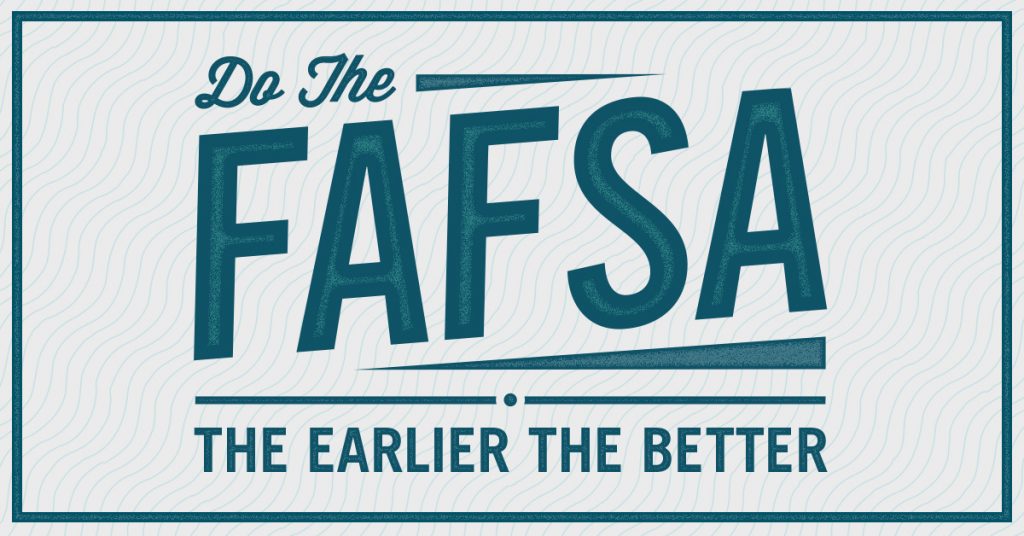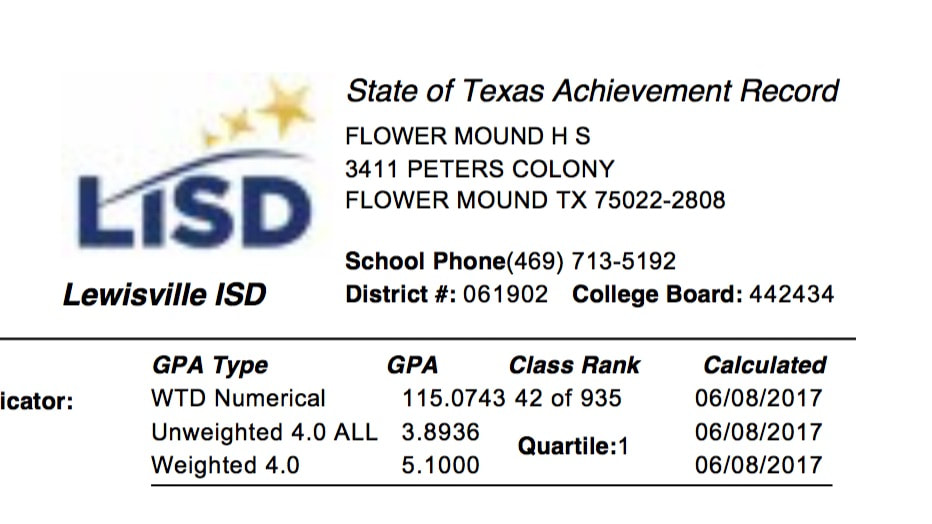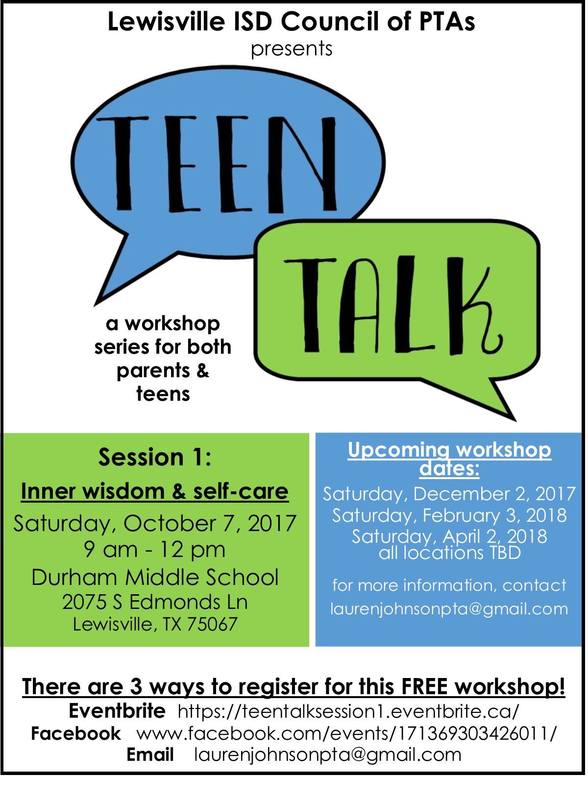Class of 2020 students and parents,
It's early September, which means we are one month away from the day the FAFSA goes live. The FAFSA (Free Application for Federal Student Aid), a form required by all colleges to apply for financial aid, becomes available October 1. While most colleges have admission application deadlines that are later in the year (many in 2020), the sooner you file your FAFSA after October 1, the better (The FAFSA can be sent to a college before the student applies). Families should file the FAFSA whether or not they qualify for need-based financial aid because having the FAFSA on file is often a prerequisite for the student to be considered for even merit-based financial aid.
Money Magazine has a nice article explaining more about the merits of filing the FAFSA (it's from a previous year -- we are just ahead of the game over here!)
Here are three things you can do now to be ready for the FAFSA:
1. Get a Federal Student Aid ID
You need a Federal Student Aid ID, obtainable at fsaid.ed.gov, to complete the FAFSA. Go to fsaid.ed.gov now and create one ID for the parent, and another for the student (the student and parent must each get their own ID).
2. Gather your documents
To accurately report the FAFSA’s requested information, you’ll need your 2018 tax returns, as well as your most recent bank and brokerage statements.
3. Fill out the FAFSA Worksheet
Every year Federal Student Aid releases a worksheet version of the FAFSA. The one for the 2020-2021 aid year will come out about 10 days ahead of the FAFSA going live (so, sometime around September 20th). The FAFSA won't be changing much this year, so using the old one will do just fine. We will send out the new one as soon as it is available.
Taking these three steps should help you hit the FAFSA ground running on October 1.
Lastly, some students may need to file additional financial aid documents, known as the CSS Profile. To check if your student is applying to a college that also requires the CSS Profile, please review this list.










 RSS Feed
RSS Feed
